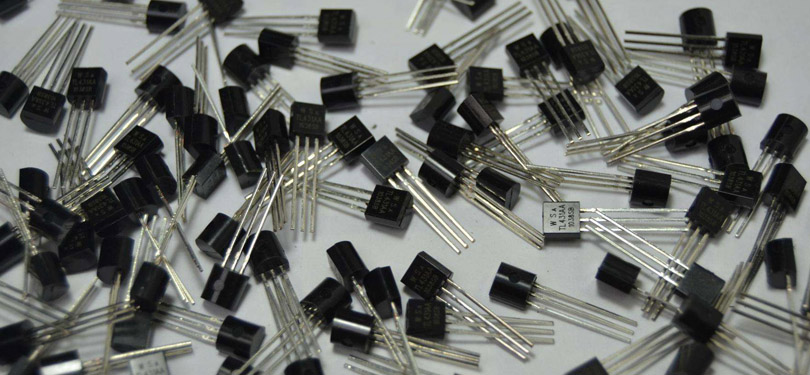

A transistor is also called a semiconductor transistor, or a transistor or a transistor. In the triode, there are two kinds of carriers: electrons and holes, which participate in conduction at the same time. Therefore, the transistor is also called bipolar transistor, which is abbreviated as BJT (abbreviation of English Bipo1ar Junction Transistor). Its basic function is to have current amplification.
First, the structure
the two types of transistors of NPN and PNP has two PN junctions (called the emitter junction and the collector junction, respectively), three zones (called the emitter zone, the base zone and the collector zone), and three electrodes are drawn from the three zones (called the emitters, respectively). e, base b and collector c). The direction of the arrow of the emitter represents the actual flow of current when the emitter junction is conducting.
In order to ensure that the triode has a good current amplification, in the process of manufacturing the triode, it must be done:
1. The doping concentration of the emitter region is maximized to effectively emit carriers;
2. The base doping concentration is minimized, and the region is the thinnest to effectively transport carriers;
3. The area of the collector area is maximized, and the doping concentration is smaller than the emitter area to effectively collect carriers.
Second, classification
In practical applications, there are different classification methods for triodes from different angles.
According to the material, there are silicon tubes and manifolds;
According to the structure, there are NPN type tubes and PNP type tubes;
According to the working frequency, there are high frequency tubes and low frequency tubes;
According to the manufacturing process, there are alloy tubes and flat tubes;
According to the power, there are medium and small power tubes and high power tubes.




